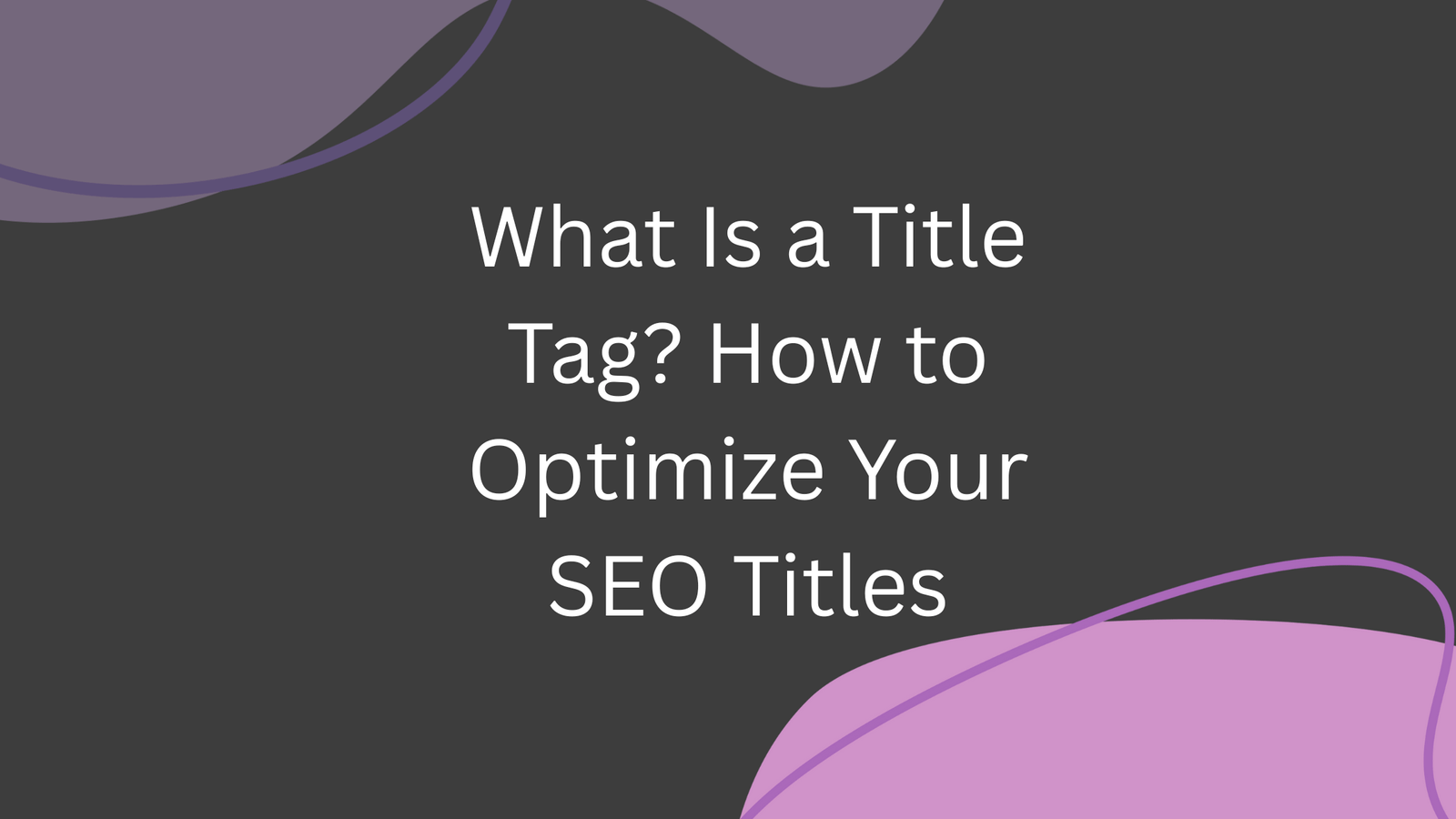In today’s digital landscape, social media marketing is no longer optional — it’s a necessity. But with so many platforms available, from Facebook to TikTok, choosing the right one for your business can feel overwhelming. The truth is, not every platform suits every brand, and spreading yourself too thin could dilute your message instead of amplifying it.
In this blog, we’ll guide you through the process of selecting the best social media platforms to help your business succeed.
Why Choosing the Right Social Media Platform Matters
Effective social media marketing is about more than just posting content — it’s about connecting with your target audience where they already spend time. Choosing the right platform ensures you:
- Reach the right audience
- Maximize engagement and visibility
- Save time and marketing resources
- Improve your ROI on social media campaigns
Step 1: Define Your Business Goals
Before selecting a platform, clearly outline what you hope to achieve through social media marketing. Common goals include:
- Increasing brand awareness
- Driving website traffic
- Generating leads and sales
- Building a community around your brand
- Offering customer support
Your goals will determine the tone, type of content, and the platforms best suited for your strategy.
Step 2: Know Your Target Audience
Every social media platform has its own demographic makeup. Here’s a quick overview:
- Facebook: Ideal for businesses targeting adults aged 25–55+; great for both B2C and B2B.
- Instagram: Perfect for visual brands, especially in fashion, travel, beauty, and lifestyle, with a demographic leaning 18–35.
- LinkedIn: The top choice for B2B businesses, professional services, and corporate networking.
- Twitter/X: Best for real-time news, tech, and customer service; popular with users aged 25–49.
- TikTok: A growing space for Gen Z and Millennial audiences with creative, short-form video content.
- Pinterest: Highly effective for niches like DIY, home décor, fashion, beauty, and food.
Understanding where your audience spends their time ensures your social media marketing efforts don’t go unnoticed.
Step 3: Analyze the Type of Content You Create
The nature of your content plays a big role in platform selection.
- Visual Content (photos, infographics): Instagram, Pinterest, Facebook
- Video Content: TikTok, YouTube, Instagram Reels, Facebook
- Written Content & Blogs: LinkedIn, Facebook, Twitter
- Professional Networking: LinkedIn
- E-commerce & Product Promotion: Instagram, Facebook, Pinterest
Choosing platforms that align with your content strengths will make your social media marketing more efficient and authentic.
Step 4: Consider Your Industry
Each industry naturally fits certain platforms. For example:
- B2B Companies often thrive on LinkedIn and Twitter, where thought leadership and industry discussions happen.
- Retail & E-commerce Brands succeed on Instagram, Pinterest, and Facebook, where products can be visually displayed.
- Creative Businesses like photographers, designers, and content creators often shine on Instagram and TikTok.
- Service-Based Businesses such as real estate agents, consultants, and fitness coaches benefit from Facebook, Instagram, and LinkedIn.
Selecting the correct platform will position your brand directly in front of your ideal customer.
Step 5: Evaluate Your Resources
Consistency is key in social media marketing, and each platform requires a time and resource commitment. Ask yourself:
- Do you have the capacity to create regular video content? (TikTok, YouTube)
- Can you maintain a steady stream of photo and story updates? (Instagram, Facebook)
- Do you have the team to handle real-time engagement and conversations? (Twitter, LinkedIn)
If you have limited resources, focus on one or two platforms rather than spreading thin across many.
Step 6: Monitor, Test, and Adjust
Your initial choice doesn’t have to be permanent. Part of effective social media marketing is monitoring your results and adjusting your strategy. Use platform analytics tools to track:
- Engagement rates
- Follower growth
- Click-through rates
- Conversion rates
Over time, data will reveal which platforms are generating real value for your business, and which ones might not be worth your continued investment.
Conclusion
Choosing the right social media platform is a crucial part of any social media marketing strategy. By understanding your goals, audience, content style, industry, and resources, you can narrow down your options and focus on platforms that will deliver real growth and engagement.
Remember: it’s not about being everywhere, it’s about being where it matters most.







